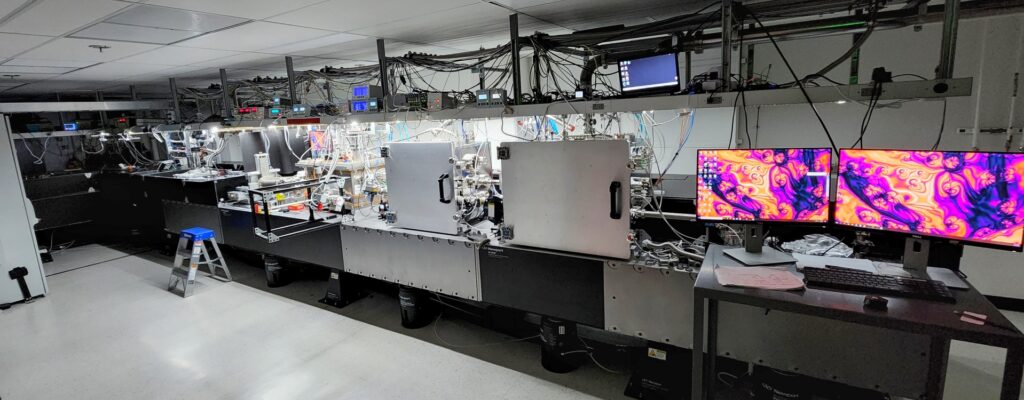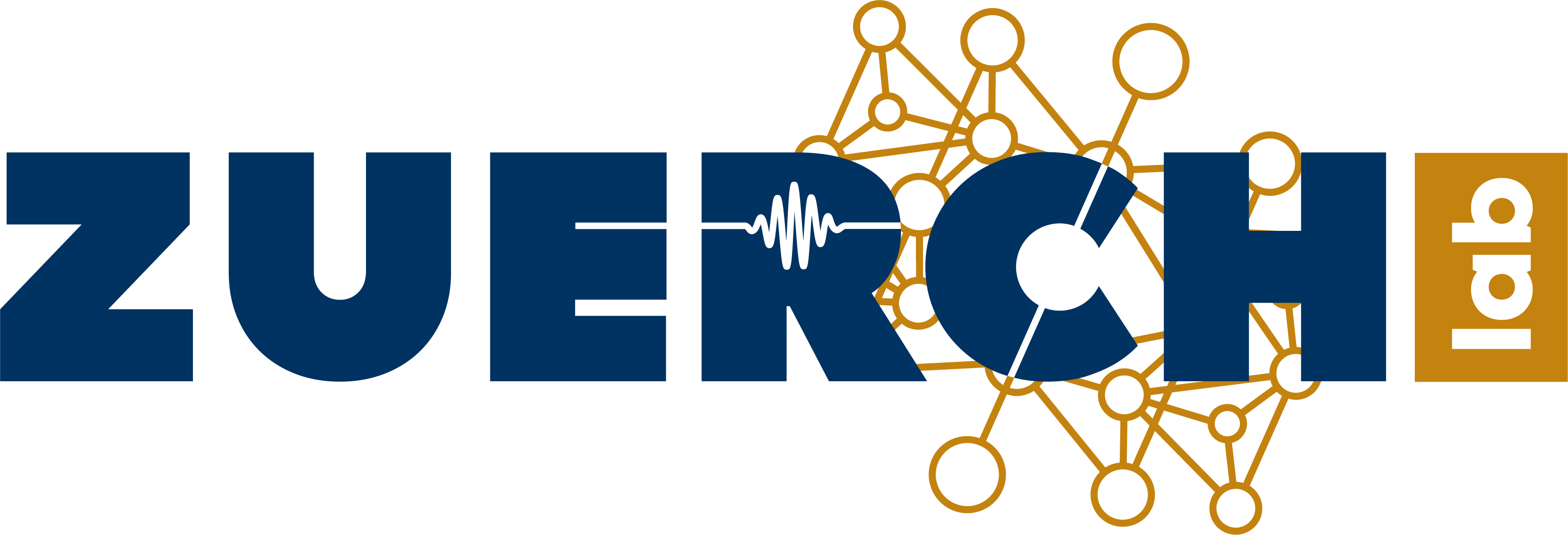In our Ultrafast Materials Chemistry Laboratory in Giauque Hall on the Berkeley campus, we perform cutting-edge spectroscopy experiments focusing on condensed phase quantum dynamics with state-of-the-art laser sources ranging from THz to the soft X-ray range. We employ a range of different types of time-resolved spectroscopies to study chemical and material processes in real-time. In addition to our laboratory experiments, we perform experiments at large-scale facilities, such as free-electron lasers, to study interfacial and material dynamics using the unique capabilities of these light sources.
Ultrafast Dynamics at Material Interfaces

The world around us is governed by constant exchange of energy and particles. The internal structure at the interface between two media determines how phase transitions occur, how charge carriers exchange, and how media bind to one another. Understanding interfacial chemistry at a molecular level is of striking importance for a wide array of current challenges, such as clean water production, carbon dioxide capture, understanding the behavior of plastics in water, clean energy production by photocatalysis, designing ultra-low power electronic devices, and energy storage in next generation solid-state batteries.
Our lab is interested in studying how properties at an interface influences the function of the interface and how interfacial properties modify bulk properties. In addition, we are interested in studying how to optically control interfaces to dynamically change their properties or control chemical dynamics at functional interfaces. To achieve this, we apply an array of linear and nonlinear optical and X-ray methods specifically geared towards the capability to elucidate material properties specific to certain elements in an otherwise complex chemical environment with the ability to resolve electronic and lattice dynamics with femtosecond temporal resolution. Recent examples include inorganic-organic heterostructures where interfacial bond properties were measured, the observation of lithium ion mobility reduction at an interface, nanocrystallite dynamics in a solid-state electrolyte, and the emergence and control of ferroelectric order in topological superlattices.
This work is partially supported by the California Interfacial Science Initiative (CISI) which is funded by a UC Office of the President grant. CISI is a collaborative network between 5 UC campuses and 8 PIs led by Prof. Zuerch, addressing various topics of interfacial chemistry and physics through inter-campus theoretical and experimental collaboration.
Correlations in Quantum Materials Away From Equilibrium
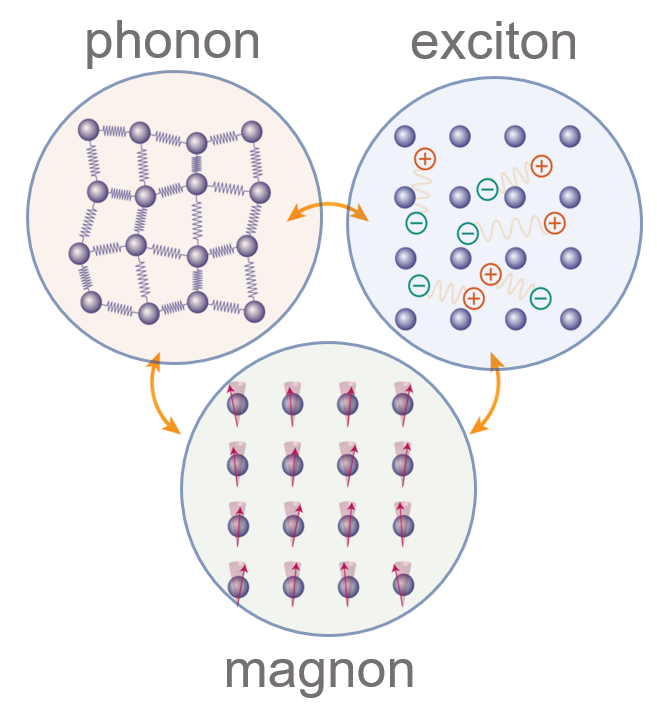
The exceptional properties of quantum materials often emerge from collective phenomena where interactions of microscopic particles lead to a concerted motion on the macroscopic scale. Examples of such properties can be seen in lossless current flow in superconductors or cooperative orbital ordering which leads to giant magnetoresistance in manganites that enables information storage on hard disk drives. While collective entities (e.g., Cooper pairs, excitons, magnons, phonons) have long been subjected to intense studies, the phenomena that emerge when multiple entities interact strongly with one another in quantum materials remain poorly understood. Coupling among different degrees of freedom may enable novel forms of controlling, signal transduction, and realizing emergent properties. From an impact perspective of being able to transiently control electronic structure and optoelectronic properties will have far-reaching impacts on low-energy electronics, compact spin-charge conversion devices that join electronics and spintronics. Coherent optical pulses can enable one to control correlated quantities on a sub-cycle time scale, thus opening a route to petahertz magneto-electronics and establishing a pathway for use in quantum computation where magnons can become building blocks of qubits.
In our research we explore material phases and correlated phenomena exhibiting superior physical properties that cannot be found in any materials in equilibrium. Excited quantum materials in non-equilibrium regime represent a new paradigm in quantum materials research that is just at its infancy. They open the pathway to achieving new forms of matter that are not accessible at equilibrium, and provide new means to apply quantum materials to, for example, information storage and processing. Many of the greatest advances in quantum materials research have been found in those with multiple competing and/or coupled order parameters in close proximity to each other. We work closely with theory collaborators to predict such time-domain phases and experimentally verify their existence. Systems of interest are transition metal phosphorous trisulfides MPX3 (M = Fe, Mn, Co, Ni, X = S, Se), which exhibit strongly coupled exciton-phonon-magnon modes, multiferroic iodides showing strong spin-charge coupling, and charge-density wave compounds with additional coupled degrees of freedom, such as putative excitonic insulator 1T-TiSe2. As a specific example, in layered 1T-TiSe2, we recently discovered a dimensional crossover where the ground-state 3D charge-density wave collapses temporarily into a 2D only in-plane CDW upon photoexcitation within a few hundred femtoseconds. Interestingly, we could show that one requires a threshold excitation density to screen spontaneously formed electron-hole pairs (excitons) for this crossover to take place, which resolves a decade long debate about the relation between exciton condensate and CDW formation.
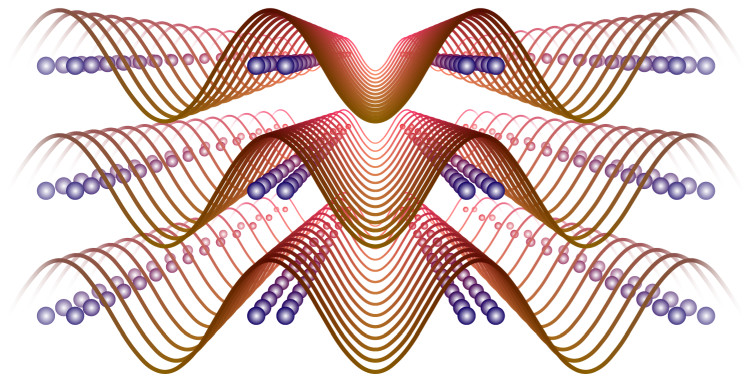
This work is partially supported by the Hellman Fellows Fund, the Laboratory Directed Research & Development fund of LBNL, and the Beckman Foundation.
Dynamics in Artificially Assembled Supercrystals
In close collaboration with local theory and materials synthesis groups, we are pursuing a bottom–up approach to create unprecedented 2D superatomic structures that use the ostensibly “empty” space between the layers in van-der-Waals stacked materials to provide new material functionalities. Inspired by the recently discovered capability to precisely define the azimuthal orientation, or “twist angle”, between 2D layers to form by-design moiré superlattices that exhibit a rich array of correlated electronic phases, we are exploring new possibilities for opto-electronic control of magnetic and electronic properties with spatial confinement to create new chemistry towards an entirely new class of quantum matter — atomically-thin ‘supercrystals’. Other types of supercrystals studied are correlated supercrystal phases that emerge from interfacial dipole interaction in complex-oxide multilayer structures.
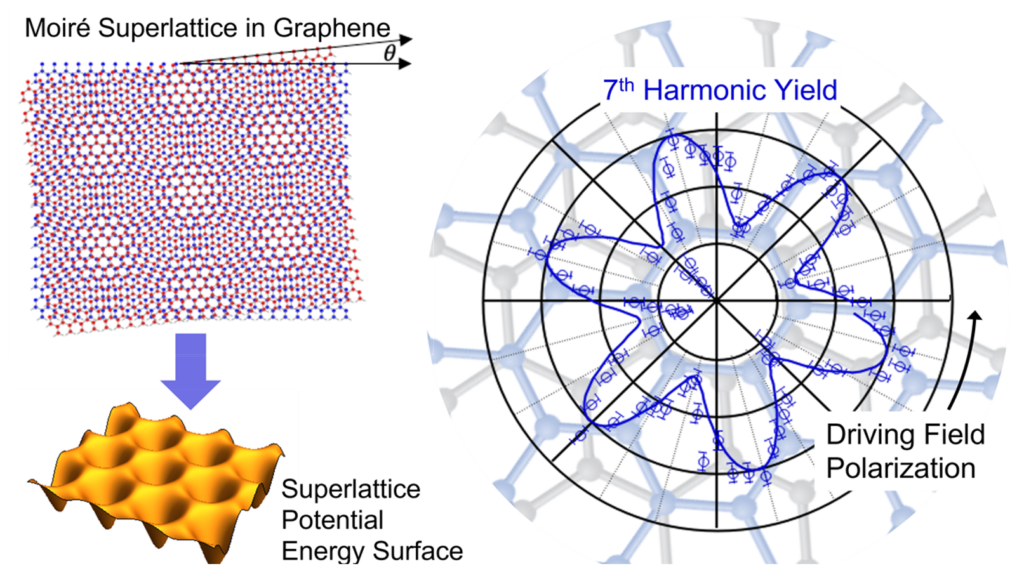
We are interested in studying and quantifying the equilibrium and non-equilibrium properties of such supercrystals. For example, we anticipate exotic magnetic phases forming in intercalated moiré superlattices which can be controlled through optical excitations in the host lattice. We explore the nature of the ground states, emergent hybrid modes between host lattice and intercalants in the excited state, and energy flow and dissipation processes away from equilibrium. In complex oxide superlattices, we are interested in understanding how optical control enables symmetry-breaking to provide emerging order. For all these novel supercrystal platforms, only very few candidate materials are known today. Besides direct applications that arise from understanding the dynamical control, our investigations aim to provide close feedback to material synthesis to discover new platforms with even enhanced properties.
This work is partially funded by the W. M. Keck Foundation and the Miller Institute.
Development of Novel Spectroscopies and Unique Capabilities
To enable our research endeavors, our group actively develops an array of new spectroscopy approaches and unique capabilities in our Ultrafast Materials Chemistry Laboratory in DG30 Giauque Hall and at free-electron laser facilities around the world.
In the past few years, we have developed extreme-ultraviolet second harmonic generation spectroscopy (XUV-SHG) where one measures spectra emanating from a material at twice the frequency it is illuminated with. The high-energy XUV/soft X-ray radiation used enables one to address a core-electron resonance, making this spectroscopy highly selective in terms of the atomic species involved. This nonlinear upconversion process is restricted to symmetry-broken states, enabling us to apply this new spectroscopy to study surfaces, buried interfaces and symmetry-broken bulk states with femtosecond time resolution and specificity to one atomic species. The atomic selectivity is rendered especially powerful when function emerges from one element in an otherwise chemically complex environment. A recent example is the study of Li ions in a solid-state electrolyte.
In DG30, we operate a cutting-edge attosecond XUV beamline that enables transient absorption and diffraction measurements simultaneously, where diffraction data allows us to deduce long-range order whereas transient absorption informs about electronic-lattice responses, both specific to an atomic species. The broadband character of the source enables us to capture several elements in a system simultaneously, which makes this type of spectroscopy especially attractive to studying correlations where one can monitor the interplay between different constituents of a system. Besides this unique multi-observable capability, our instrument has the capability to study samples in a cryogenic environment (< 10 K), which allows us to study correlated phenomena that emerge from ground states in the absence of strong lattice vibrations.
Another instrument in the DG30 lab leverages solid-state high harmonic generation (sHHG), where a femtosecond mid-infrared laser pulse drives an electron wave packet in bound states in the solid, leading to the emission of visible-to-UV (harmonics) light. The harmonic spectra inform about the energy landscape traced by the wave packet, which can extend to the edge of Brillouin zone. In addition, a rotation of the electric field vector of the driving laser allows us to trace out directional dependence of the high harmonic emission, which provides insights into electronic and lattice structure. Combined with pump-probe and cryogenic cooling, this instrument is capable of tracking correlated dynamics in solids and in nanoconfined systems.
